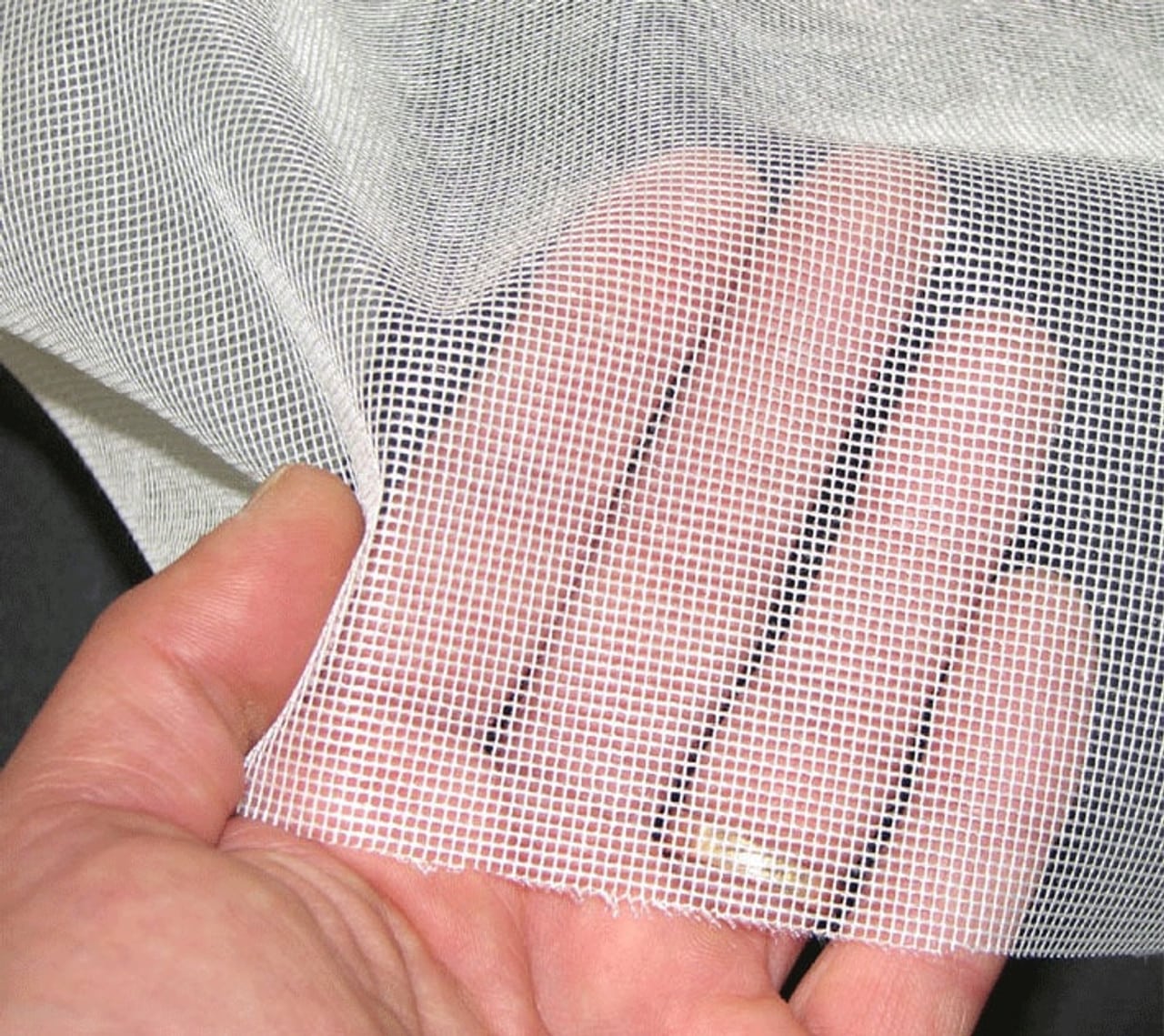What Are the Best EMF Shielding Materials for Your Home Renovation?
In the modern world, electromagnetic fields (EMFs) are nearly omnipresent due to the proliferation of electronic devices and wireless technology. As people increasingly rely on such technology in their homes, concerns about potential health impacts, including those related to 5G technologies, are rising.
Understanding the implications of these concerns and implementing effective shielding solutions can be crucial. For example, learning about 5g dangers can help you make informed decisions during renovations to ensure a safer living environment.
Read on to learn the best EMF shielding materials for your home renovation.
EMF Shielding: An Overview
Electromagnetic fields (EMFs) are areas of energy emitted by electronic devices, encompassing everything from the most significant power stations to the smallest household gadgets.
According to the World Health Organization, EMFs are classified into two categories based on their potential biological impacts: low-level (non-ionizing) and high-level (ionizing). Non-ionizing EMFs, common in home environments, emanate from everyday sources such as household appliances, Wi-Fi routers, and cell phones.
Despite their relatively harmless classification, there’s increasing concern over the possible long-term health effects of continuous exposure to these fields.
Such concerns have heightened the relevance of EMF shielding in modern home renovation projects. Homeowners now consider incorporating materials to mitigate EMF exposure to ensure a healthier living space.
Some common sources of low-level EMFs include:
- Household appliances like microwaves and refrigerators
- Wi-Fi routers and Bluetooth devices
- Mobile phones and tablets
- Computer screens and televisions
Understanding and addressing these sources are crucial for effective EMF management in residential settings.
Best Materials for EMF Shielding

When you start planning EMF shielding for your home, it’s important not to rely on guesswork alone. A reliable EMF meter high frequency can help you understand exactly where wireless signals like Wi-Fi, cell towers, and smart meters are strongest in your space. By walking through each room and measuring problem areas before you invest in paint, fabric, or window films, you can target your shielding materials where they’ll actually make a difference instead of covering every wall “just in case.”
After installing shielding, you can also retest with the same meter to confirm that levels have dropped to a range you’re comfortable with. This simple measure-and-adjust approach makes your renovation more effective, more efficient, and ultimately more reassuring for everyone who lives in the house.
When renovating a home, incorporating materials that can block or reduce EMF exposure is a proactive approach to health and safety. Here are some of the most effective materials known for EMF shielding:
- Aluminum Foil: This common household material is highly effective at shielding EMFs. Aluminum foil can be easily incorporated into renovations by placing it behind drywall or under floors to block EMFs from entering living spaces.
- Mu-Metal: An alloy specially designed to shield against magnetic fields, mu-metal is highly effective but also more expensive than other options. It’s beneficial for shielding high-frequency EMFs and can be used in home areas close to high-voltage power lines or large electronics.
- EMF Shielding Paint: This specialized paint contains conductive materials that block radio frequency (RF) and microwave radiation. It is typically applied to walls, ceilings, and other surfaces to create a continuous barrier that prevents EMF penetration.
- Metallic Thread Fabric: Fabrics woven with metallic threads are another way to shield against EMFs. These can be used for curtains or as covers for furniture near routers or other high-emission devices.
- Corrugated Metal: Often used for roofing, corrugated metal can also shield a home from EMFs when installed in walls or ceilings. It’s a durable and long-lasting material that provides excellent EMF protection.
- Window Films: Special films that can be applied to windows reduce the amount of UV and infrared radiation entering the home and block RF signals. This is particularly beneficial for homes in urban areas with more robust and more prevalent wireless network signals.
Strategic Placement of EMF Shielding Materials

The effectiveness of EMF shielding materials is significantly influenced by the type of material used and its strategic placement within the home. To achieve optimal EMF protection, targeting areas most susceptible to high levels of EMF exposure is crucial.
Effective placement can significantly enhance the shielding performance, safeguarding your health against potential EMF-related risks.
Some key areas to prioritize include:
- Bedrooms: The bed placement is essential—ensure it is not against a wall that backs onto high-emission devices such as those in a home office or an entertainment system.
- Workspaces: These should be shielded, especially in setups that contain multiple electronic devices, which can collectively emit higher levels of EMFs.
- Living Areas: Focus on spaces near Wi-Fi routers and other prevalent wireless devices contributing to ambient EMF levels in common living spaces.
Addressing these areas effectively can help minimize EMF exposure where you spend the most time.
Other Considerations
While incorporating EMF shielding materials into your home renovation, it’s also essential to consider the following:
- Ventilation: Ensure that the installation of shielding materials does not impede the home’s ventilation. Some materials, especially paint and foil, could affect air quality if misused.
- Building Codes: Always check local building codes to ensure compliance when using materials like metal sheets or foil in construction.
- Professional Advice: Considering the complexities associated with EMF shielding, consulting with a professional who understands the health risks and the architectural implications can be very beneficial.
Conclusion
Renovating a home offers an opportunity to integrate EMF shielding solutions that minimize exposure to potentially harmful electromagnetic fields. Choosing suitable materials and strategically placing them within the home can significantly enhance your protection against EMF exposure.
As awareness of EMF-related health risks grows, taking such proactive measures during renovation projects becomes essential for maintaining a healthy living environment.







